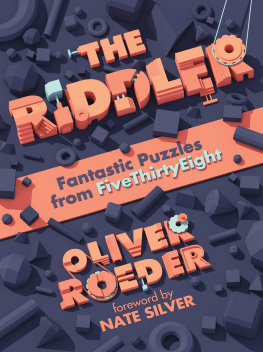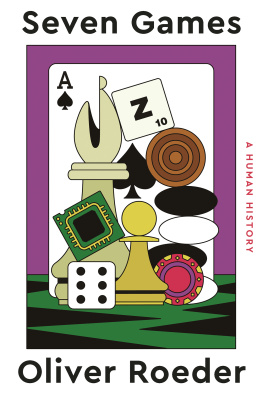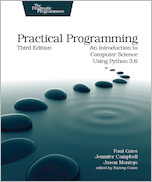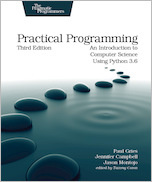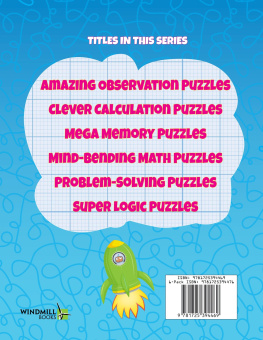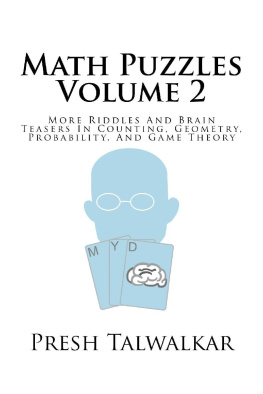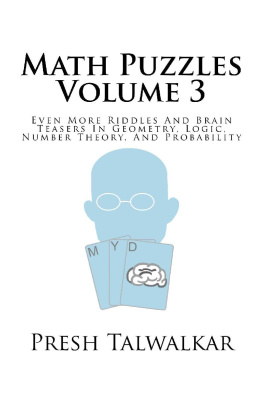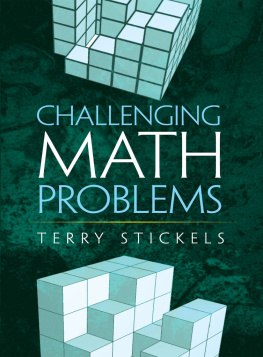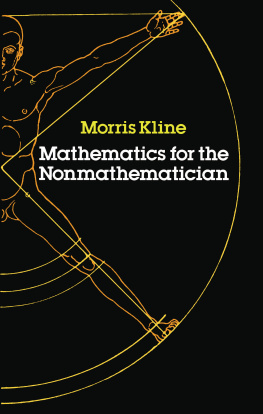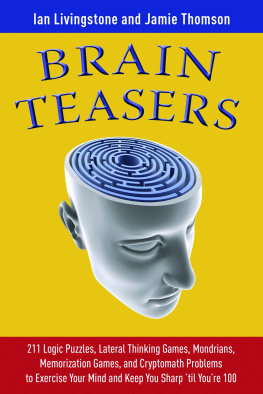Contents
Guide

THE
RIDDLER
FANTASTIC PUZZLES FROM
FiveThirtyEight
Edited by | Foreword by |
OLIVER ROEDER | NATE SILVER |

Copyright 2018 by ESPN, Inc.
All rights reserved
First Edition
For information about permission to reproduce selections
from this book, write to Permissions, W. W. Norton & Company, Inc.,
500 Fifth Avenue, New York, NY 10110
For information about special discounts for bulk purchases,
please contact W. W. Norton Special Sales at
specialsales@wwnorton.com or 800-233-4830
Book design by: MarySarah Quinn
Production manager: Julia Druskin
COVER ILLUSTRATION/DESIGN BY GUILLAUME KURKDJIAN
The Library of Congress has Cataloged the printed edition as follows :
Names: Roeder, Oliver, editor. | Silver, Nate, 1978 writer
of foreword.
Title: The riddler: fantastic puzzles from
FiveThirtyEight / edited by
Oliver Roeder; foreword by Nate Silver.
Description: First edition. | New York: W. W. Norton & Company, [2018] | Includes bibliographical references.
Identifiers: LCCN 2018027399 | ISBN 9780393609912 (hardcover)
Subjects: LCSH: Mathematical recreations. | LCGFT: Logic
puzzles. | Puzzles and games.
Classification: LCC QA95.R52 2018 | DDC 793.74dc23
LC record available at https://lccn.loc.gov/2018027399
ISBN 978-0-393-60992-9 (e-book)
W. W. Norton & Company, Inc.
500 Fifth Avenue, New York, NY 10110
www.wwnorton.com
W. W. Norton & Company Ltd.
15 Carlisle Street, London W1D 3BS
FOR
JACK TABOR
farmer, baker, winemaker, games player, Riddler forebear
CONTENTS
NATE SILVER
Because I run a website (FiveThirtyEight) thats devoted to statistical thinking, people assume Im good at math.
The truth is, Im not all that good at math. I still have nightmares about calculating derivatives, for example. Im just a very determined problem solver. And I learned enough math along the way to solve some of the problems I was interested in.
When I was a kid, that included some (extremely dorky) problems, such as how to plan the optimal road trip for my family or how to beat adults at fantasy baseball. Like Billy Beane in Moneyball , I taught myself sabermetrics (the statistical study of baseball) not because of an interest in statistics per se but because I was tired of losing to everyone else.
Now I focus on problems like how to estimate the probability that one candidate will win a presidential election. Thats a tricky problem because polls (ahem) arent always perfectly accurate, and the Electoral College is mathematically complex. (The big issue is that what happens in one stateWisconsin, sayis correlated with what happens in similar states, such as Michigan). But by using techniques like matrix algebra, and by being comfortable with probabilistic thinking (the Republican has a 7 in 10 chance of winning), its possible to come up with some reasonable estimates.
Its this same problem-solving attitude that has made Oliver Roeder and The Riddler so successful. A few of the problems in this book could come straight from an algebra or a trigonometry textbook. But most of them require something else that isnt always taught in school: mathematical intuition .
These arent trick questions designed to mislead you. Nor are they abstract and formal. Instead, theyre enticingly thorny problems that resemble the ones that I and other applied statisticians encounter in the real world. Some of them have exact answers, but many dont, instead requiring you to think probabilistically. Even if your mathematical intuition is fairly strong, you may need to approach them in two or three different ways before you really start making progress.
For people like you and me and the rest of Olivers readers, that might sound both fun and challenging. Its also something else: good practice. Mathematical intuition isnt necessarily something that most of us are born with. Nor is it something easily taught. But the good news is that mathematical intui tion can be learned. It can be learned by application: by devoting ourselves toward problems were interested in, like the problems in this book. Im proud to present Oliver and The Riddler in book form, and hope youll enjoy it as much as I do.
In 1865, the British Museum received a brittle and breaking scroll of papyrus. The document was discovered in Egypt in the ruins of the mortuary temple of Pharaoh Ramesses II. It was well over 3,000 years old and worse for the wear. At the museum, curators carefully unrolled its two sides and placed them in two glass frames. One side had a jagged gash and the other had a blank section about 10 feet long. Yet despite its rough condition, much of the document could still be painstakingly deciphered and translated, and it became known as the Rhind papyrus, after the antiquarian who had purchased it. Its text begins: The entrance into the knowledge of all existing things and all obscure secrets.
What followed turned out to be the worlds oldest collection of math puzzles.
The problems posed in the Rhind papyrus wont present much of a challenge to the modern readerespecially for those of you holding this book. One of its problems, for example, reads, Find the volume of a cylindrical granary of diameter 9 and height 10. Another: Sum the geometrical progression of five terms, of which the first term is 7 and the multiplier 7. But now they serve a grander purpose. The 84 problems and solutions recorded on the papyrus provide some of the clearest insights into the numerical methods of the ancient Egyptians, some of the worlds earliest mathematicians.
In December 2015150 years after the British Museums acquisition and three millennia after the death of Ramesses IIthe empirical journalism site FiveThirtyEight and I began publishing a weekly math puzzle column called The Riddler. FiveThirtyEight, named for the number of electors in the American Electoral College, was born of a deep, abiding belief that sober data analysis and statistical modeling could add value to the frenzied political conversation. Its since taken that same approach to sports, science, economics, and culture. The answers it has provided have resonated with the sites readers.
With The Riddler, weve gotten the chance to turn that conversation around. This time the readers provided the answers.
The puzzles and solutions in this book originated not from a dutiful ancient scribe but often from people like you. Each week, when the column is published, Riddler readers take to the far-flung boroughs of the internet: Twitter, Facebook, GitHub, Reddit, Stack Overflow, and forums beyond. There the column is dissected, discussed, and solved. My inbox then overflows with formulas, conjectures, diagrams, and videos. Awash in a weeks worth of clever and surprising mathematical ideas, I publish as many as I can, post a new problem, and the work starts all over again. Its a testament not only to the great strides mathematics has taken in these past 3,000 years but also to the strength of technology to accelerate, combine, and disseminate ideas. Martin Gardner, who wrote a legendary math column for Scientific American for many pre-internet years, wrote in his autobiography: One of the pleasures of writing the column was that it introduced me to so many top mathematicians, which of course I was not. Their contributions to my column were far superior to anything I could write and were a major reason for the columns growing popularity. Thats precisely how I feel about the readers who have contributed to my column.

